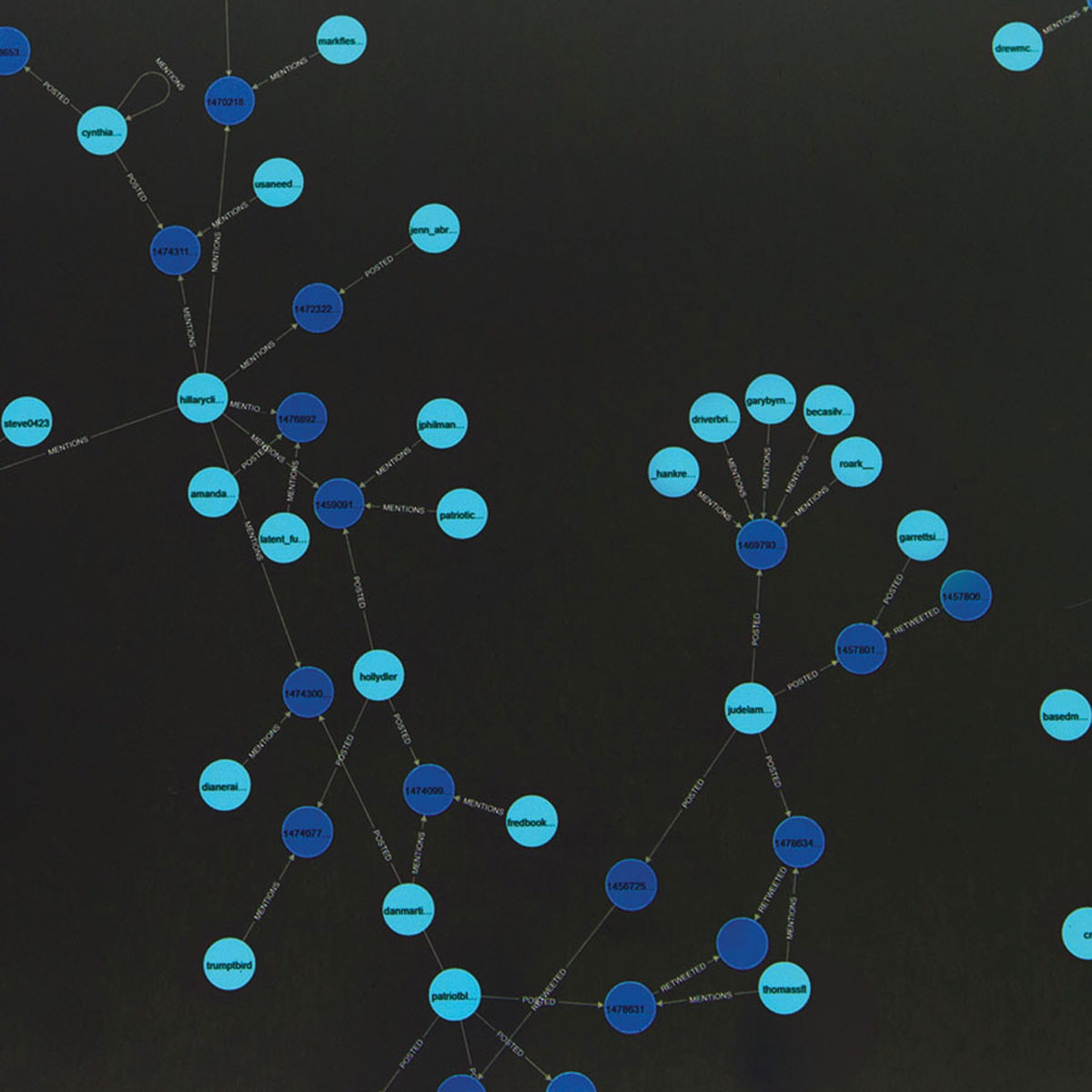 Algorithms
AlgorithmsResearch Areas
Our vision—Columbia Engineering for Humanity—sets a bold path for a sustainable, healthy, secure, connected, and creative humanity. It is exemplified by the pioneering work our faculty and students are doing across departments and disciplines, in partnership with sister schools, institutes, government, and industry.
Foundational Areas
Our engineering impact is underscored and driven by our commitment to discovery and frontier research. The breakthrough solutions of tomorrow come from the highly exploratory research of today. Transcending disciplinary boundaries leads to the discovery of revolutionary new materials, devices, processes, algorithms, and models, as well as tools and techniques.
 Algorithms
Algorithms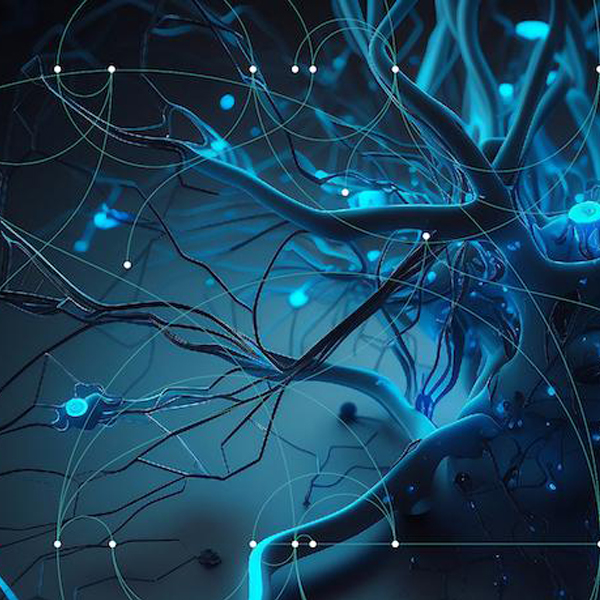 Artificial Intelligence
Artificial Intelligence Batteries & Energy
Batteries & Energy Carbon Capture
Carbon Capture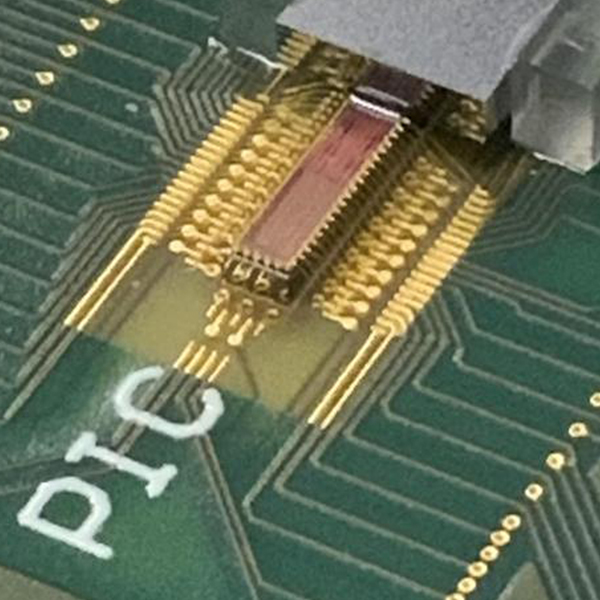 Chips
Chips Climate & Environment
Climate & Environment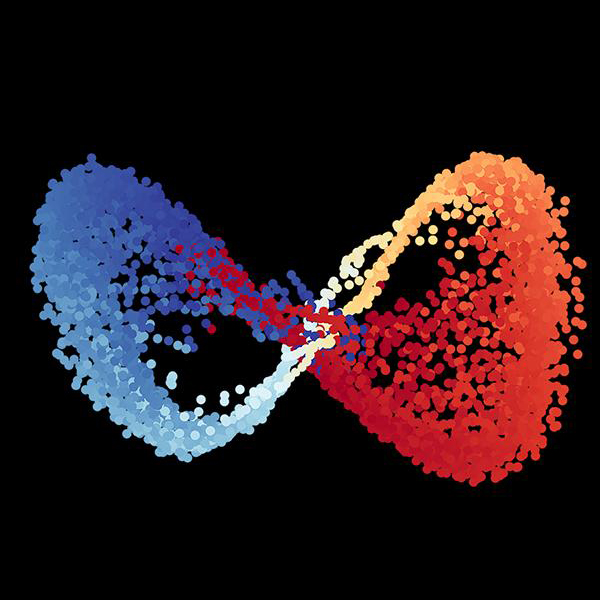 Data Science
Data Science Devices
Devices Fintech
Fintech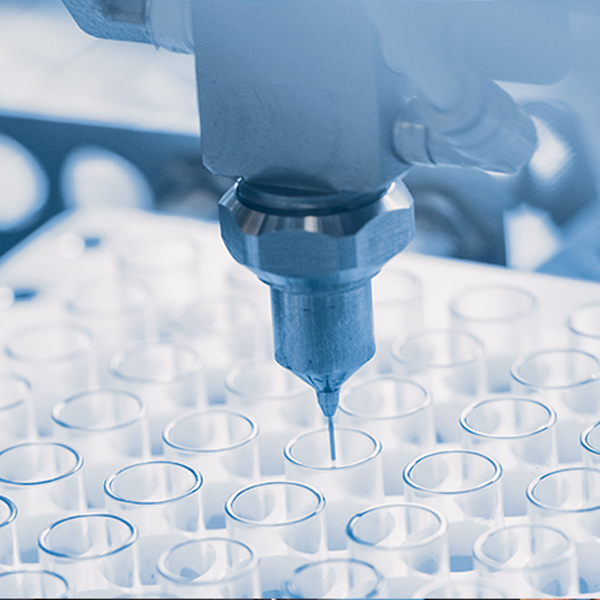 Genomics
Genomics
 Human Computer Interaction
Human Computer Interaction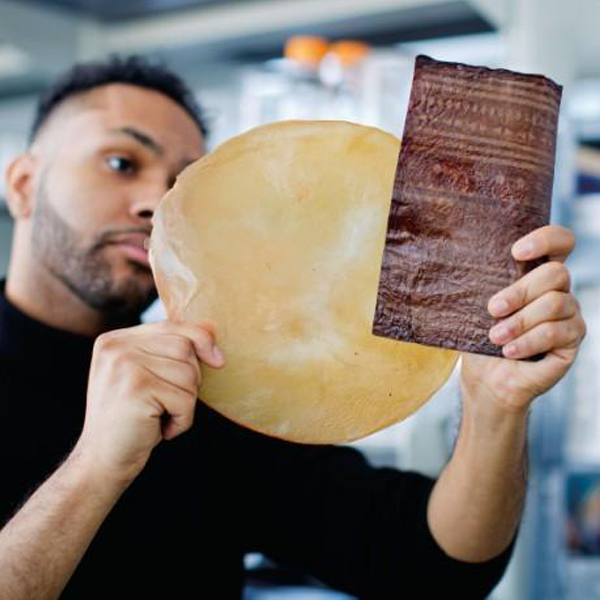 Materials
Materials
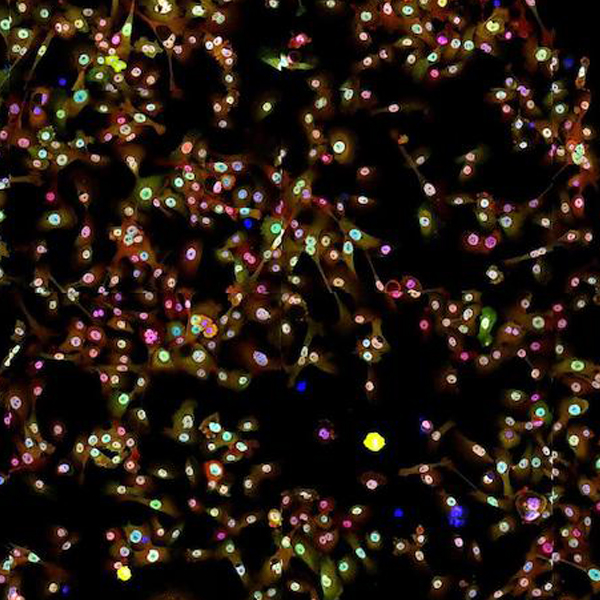 Medicine
Medicine
 Photonics
Photonics Power Grids
Power Grids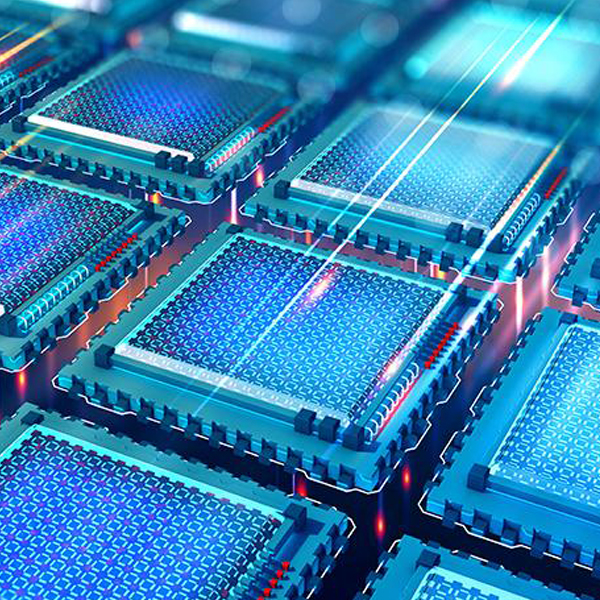 Quantum Computing
Quantum Computing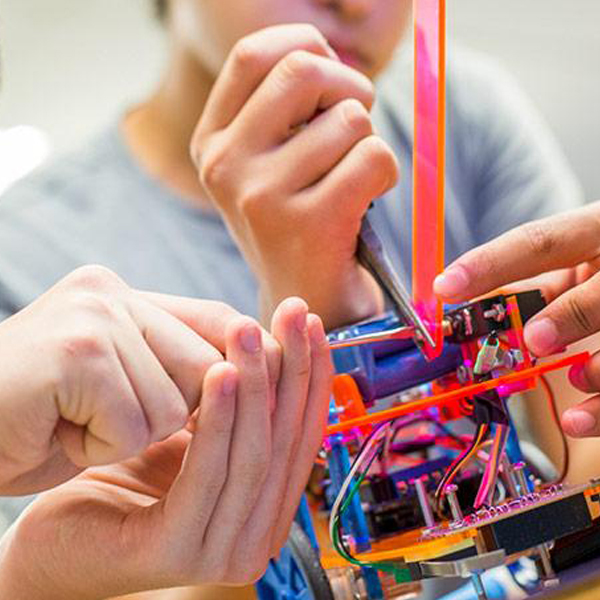 Robotics
Robotics Supply Chains
Supply Chains